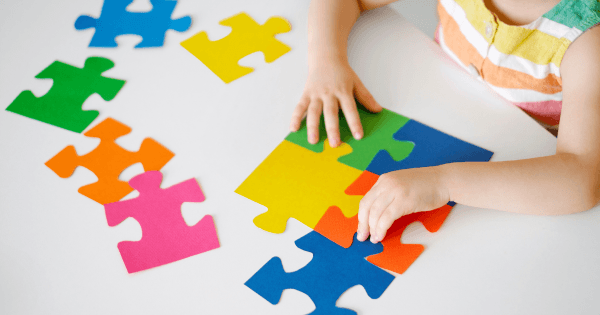
Sometimes it can feel scary and overwhelming to help a child who has experienced trauma or neglect. Often a child’s distressed and dysregulated behavior can come out as aggression, whining, or inattention. In the middle of a meltdown, children often don’t seem to respond to correction, discipline, or boundary setting, leaving caregivers feeling helpless and frustrated. Sound familiar? What we need to do as helper grown-ups is to understand how a child’s brain has been impacted structurally and chemically by trauma and neglect experiences. When we understand that behavior is a symptom of a highly anxious brain, we can access many tools to help get to the root of the problem and seek out solutions.
Our brains are unbelievably complex and amazing! Today, let’s just focus on one important aspect of brain development. My mentors in the field of psychotherapy refer to an anxious brain as a brain with an, “Amygdala alarm”. The amygdala is kind of like emotional air traffic control for the brain… so when kids (and adults!) have intense experiences of fear and helplessness, the amygdala alarm goes off in their brain and the whole system jumps into survival mode. Following trauma and neglect, a kid’s brain has digested unsafe experiences and generalized them to other, less scary and more common stimuli (think of anything that engages your senses, like sounds, smells, visual cues, etc.) So the behaviors that you see from the children in your care are probably survival responses driven by an anxious amygdala.
Now that you know a little bit about how brains develop alarm systems and how a child’s body might respond to that stress alarm, you can start playing detective and discover triggers that lead up to big meltdowns. Enlist other caregivers and the child to help you discover ways that the amygdala alarm gets triggered, and implement new coping strategies to help calm down that stressed brain. Good luck, detectives!
For those of you looking for “extra credit” brain information, here is a cool video!
